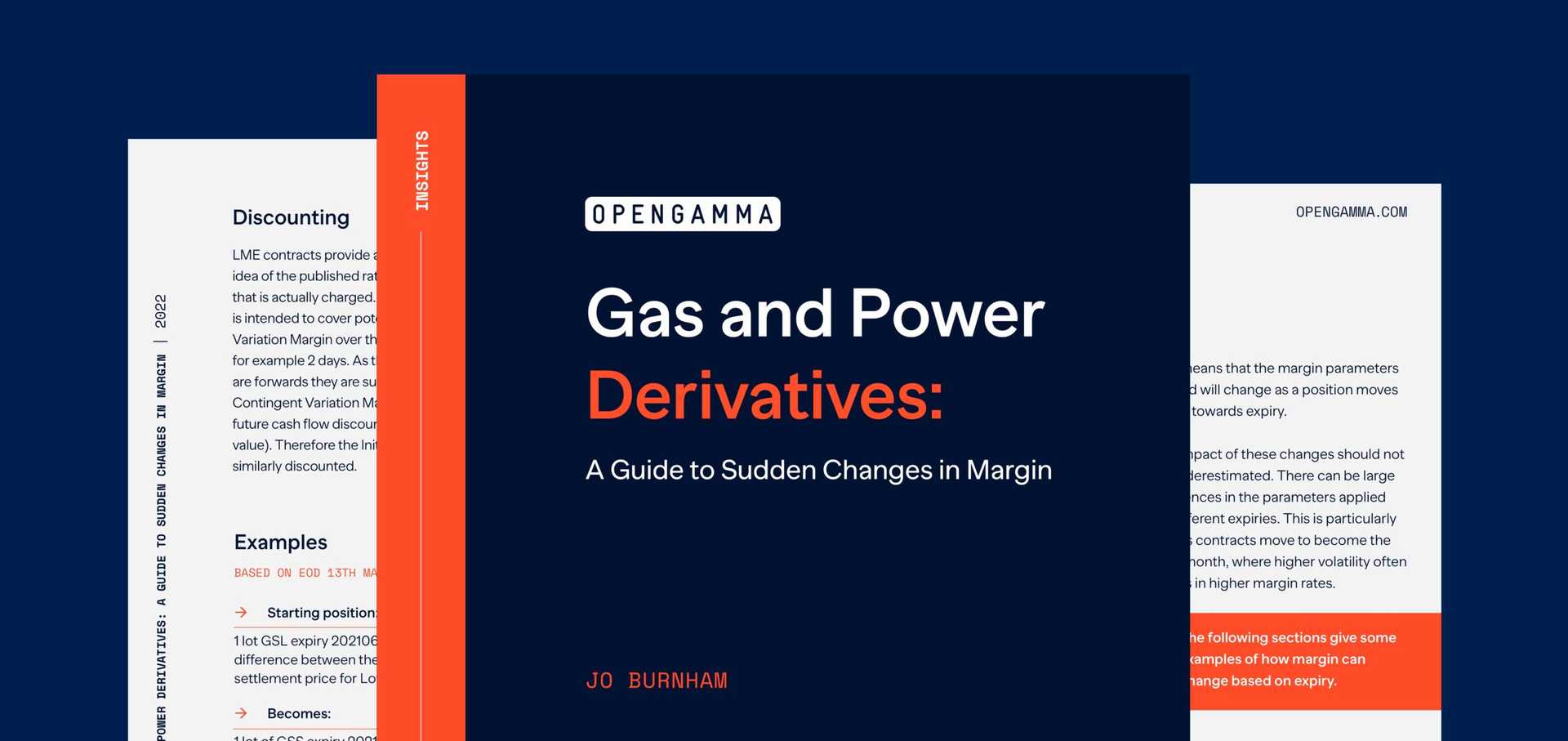European Natural Gas has been in the news a lot recently. Prices had doubled in a month, before dropping back when Russia promised to boost supplies to Europe. All this volatility has inevitably impacted margin requirements.
Anecdotally, commodity firms have been saying that they have had to deposit millions in additional margin, either with brokers or direct to the CCPs. This is tying up capital and forcing firms to borrow to meet the calls. All of this is going to have an adverse impact on profits.
So what has actually happened to margin levels. For our analysis we looked at the Dutch and UK Natural Gas contracts at ICE. The following graph shows the way that margin has increased since the beginning of September for 1 lot of November gas:
This equates to a 270% increase in the rate for UK Natural Gas, and an even higher 334% rise for Dutch Natural Gas. In the same time period the price of the November UK Natural Gas future has risen from £131.20 to a high of £293.91 on 5th October. This rise of around 120% is significantly lower than the rise in the margin requirement.
It is interesting to note that many of the price moves have been intra-day, with prices rising sharply but then dropping back slightly before the end of day settlement prices are set. Generally these moves are not used directly in the setting of margin rates, with most CCPs basing their SPAN parameters on the VaR of the moves between end of day prices. However, they will be considered, and may be used as stress scenarios, creating a lower limit on margin to avoid procyclicality. And they are the driver of any intra day margin call.
However, the margin change wasn’t uniform over all expiries. In fact, in the week of the 11th March the margin charged for holders of both UK and Dutch Natural Gas positions actually fell. This also impacted the margin requirement for spread positions, either between expiries or between the two contracts. Some firms would have seen a lower than expected increase in margin given the rise in the headline rate, whereas others may have seen an even larger increase than expected, all depending on the structure of their portfolio.
What is clear from this analysis is that both the continued volatility and rise in the underlying price has forced the CCP to update margin rates on a nearly weekly basis, with the week of 11th October including two increases in as many days. With the move from SPAN to VaR it would be expected that rather than these step changes in rates, firms would have seen their margin requirements increasing on a daily basis over the same period.

